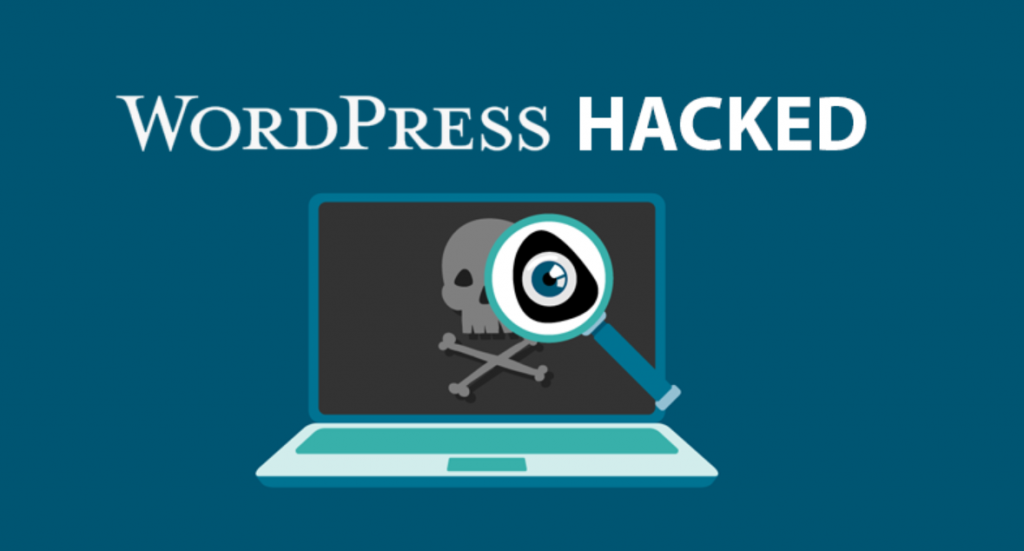WordPress, the world’s most popular content management system, powers a substantial portion of the internet, attracting a diverse array of users with its flexibility and ease of use. However, this widespread adoption also makes WordPress a prime target for hackers. Understanding why WordPress websites get hacked is crucial for webmasters looking to protect their online presence. This comprehensive analysis delves into the various vulnerabilities inherent to WordPress sites, exploring the common tactics employed by cybercriminals and providing actionable insights on how to safeguard your site against these threats.
Why WordPress Websites Get Hacked: A Comprehensive Analysis
Here are several factors contributing to WordPress vulnerabilities and insights on how to safeguard your site.
1. Outdated Software
One of the most common reasons for WordPress sites getting hacked is outdated software. WordPress, along with its themes and plugins, regularly releases updates to patch security vulnerabilities and improve functionality. However, many site owners fail to apply these updates promptly, leaving their sites exposed to known exploits.
Solution: Ensure that WordPress core, themes, and plugins are always up-to-date. Enable automatic updates where possible and regularly check for new releases.
2. Weak Passwords
Weak or reused passwords are an open invitation for hackers. Cybercriminals use brute force attacks to guess passwords, and weak passwords can be cracked within minutes. Once they gain access, they can install malicious software, steal data, or deface the site.
Solution: Use strong, unique passwords for all accounts associated with your WordPress site. Consider implementing two-factor authentication (2FA) to add an extra layer of security.
3. Vulnerable Plugins and Themes
Plugins and themes extend the functionality and design of WordPress sites. However, poorly coded or abandoned plugins and themes can introduce vulnerabilities. Hackers often exploit these weaknesses to gain control over a site.
Solution: Only use plugins and themes from reputable sources. Regularly audit and remove any unused or outdated plugins and themes. Check reviews and security ratings before installing new ones.
4. Unsecured Hosting
The security of your WordPress site also depends on your hosting provider. Shared hosting environments, in particular, can be risky because a breach in one site can potentially affect all sites on the same server.
Solution: Choose a hosting provider that prioritizes security and offers features like SSL certificates, firewalls, and regular backups. Consider managed WordPress hosting for enhanced security measures.
5. Lack of Security Plugins
While WordPress is inherently secure, additional security plugins can provide an extra layer of protection. These plugins can help detect malware, block malicious login attempts, and provide regular security audits.
Solution: Install reputable security plugins such as Wordfence, Sucuri, or iThemes Security. Regularly scan your site for vulnerabilities and follow the recommended actions to address any issues.
6. Poor File Permissions
Incorrect file permissions can expose your site to unauthorized access. For instance, if the wp-config.php file, which contains sensitive information, is not properly secured, hackers can easily access and modify it.
Solution: Set appropriate file permissions for your WordPress directories and files. Typically, directories should be set to 755 and files to 644. Ensure that critical files like wp-config.php are protected.
7. No SSL Certificate
An SSL certificate encrypts data transmitted between the user’s browser and your server, making it harder for hackers to intercept and manipulate information. Without SSL, sensitive data such as login credentials can be exposed to cybercriminals.
Solution: Install an SSL certificate on your site to enable HTTPS. Many hosting providers offer free SSL certificates through services like Let’s Encrypt.
8. Default Username ‘admin’
Many WordPress installations come with a default username ‘admin,’ which is well-known to hackers. Using this default username makes it easier for hackers to carry out brute force attacks.
Solution: Change the default username to something unique. Create a new administrator account with a different username and delete the ‘admin’ account.
9. Phishing and Social Engineering
Hackers often use phishing and social engineering tactics to trick site owners into revealing their login credentials. These methods can bypass even the most secure systems by exploiting human psychology.
Solution: Be cautious of unsolicited emails and messages requesting sensitive information. Always verify the authenticity of requests and educate yourself and your team about common phishing techniques.
10. Insecure Login Pages
The default WordPress login page (wp-login.php) is a common target for hackers. By attempting to log in through this page, they can launch brute force attacks to guess usernames and passwords.
Solution: Rename your login page using a plugin like WPS Hide Login to make it harder for hackers to find. Limit login attempts and use CAPTCHA to prevent automated attacks.
Conclusion
Understanding why WordPress websites get hacked is the first step towards securing your site. By keeping your software updated, using strong passwords, securing your hosting, and implementing additional security measures, you can significantly reduce the risk of a breach. Stay vigilant and proactive to protect your site and its users from cyber threats.



